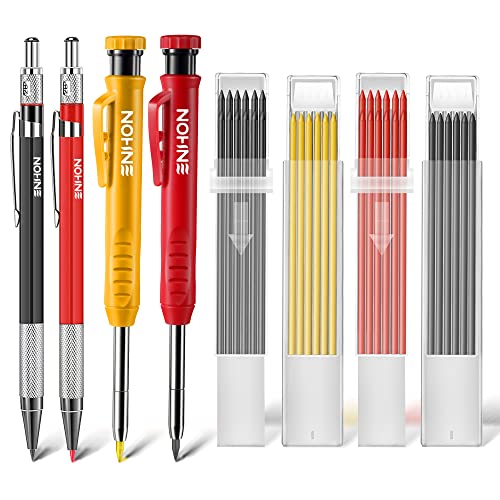Vinyl gutters are nice and useful, especially during rain. But can you cut them if you need to? What are the tools you'll need for cutting, and when should you do it? Just slice your worries away! We've done research on how to cut vinyl gutters.
Cutting vinyl gutters is common when you need to install them along with the fascia board. You can cut vinyl gutters before installation by following these steps:
- Find the highest point of the fascia board and mark it.
- Slightly slant downward at least 0.25 inches, then mark it on the other end of the fascia board.
- Copy the measurements on the vinyl gutter.
- Cut out the entire length of the gutter.
- Proceed to the installation.
In this article, we'll discuss the steps of how to cut vinyl gutters. We'll talk about the importance of cutting gutters and what you should do after you cut them. We'll also discuss some related matters regarding vinyl gutters. You'll learn a lot, so keep reading to the end!
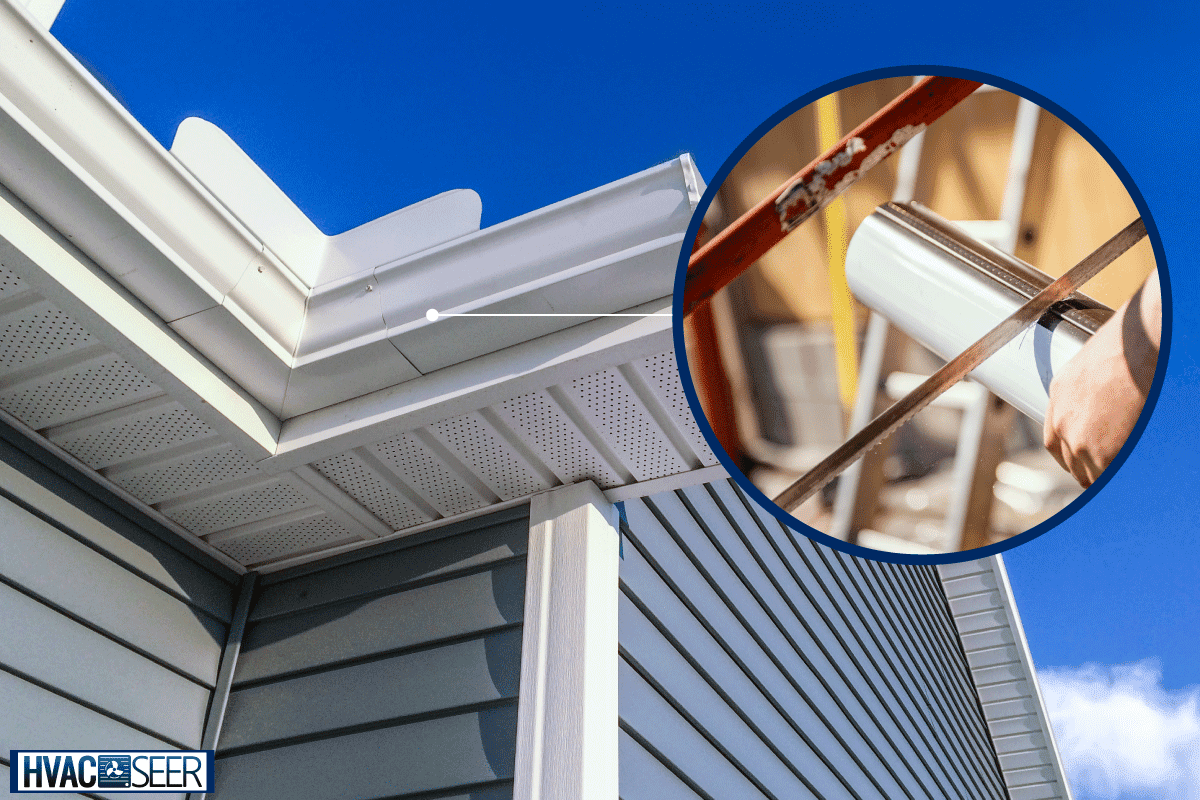
How to Cut Vinyl Gutters
Cutting the gutter is actually the second step of installation. The first step is to measure the fascia board that supports the roof. We have provided comprehensive steps to this process below, from measuring to finishing.
We have also included information on the importance of cutting and possible reasons for doing it. We'll elaborate more on this later in the article. First, you need to understand what comes before the actual cutting.
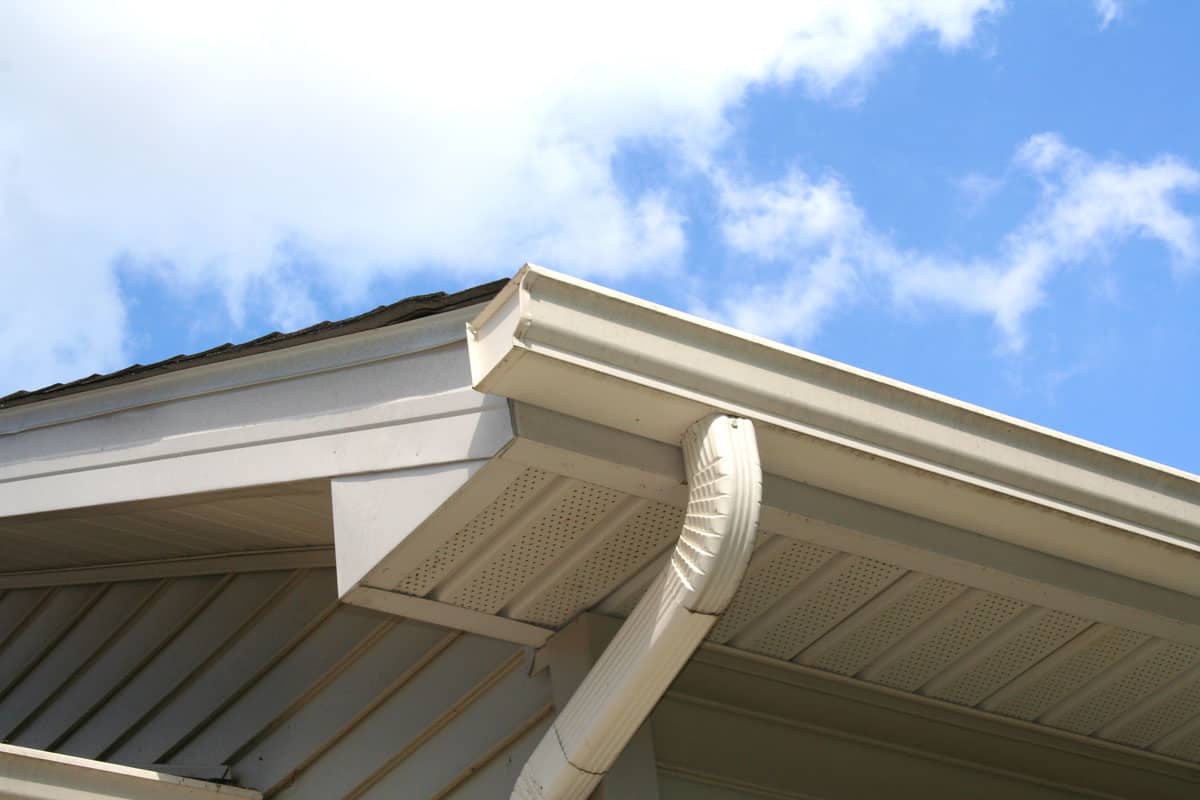
See these steps in more detail.
1. Locate the Highest Point
On the first side of the fascia board, find the highest spot. This will be the peak point for the gutter. Mark this spot with chalk or any dry marker.
2. Mark a Downward Slant
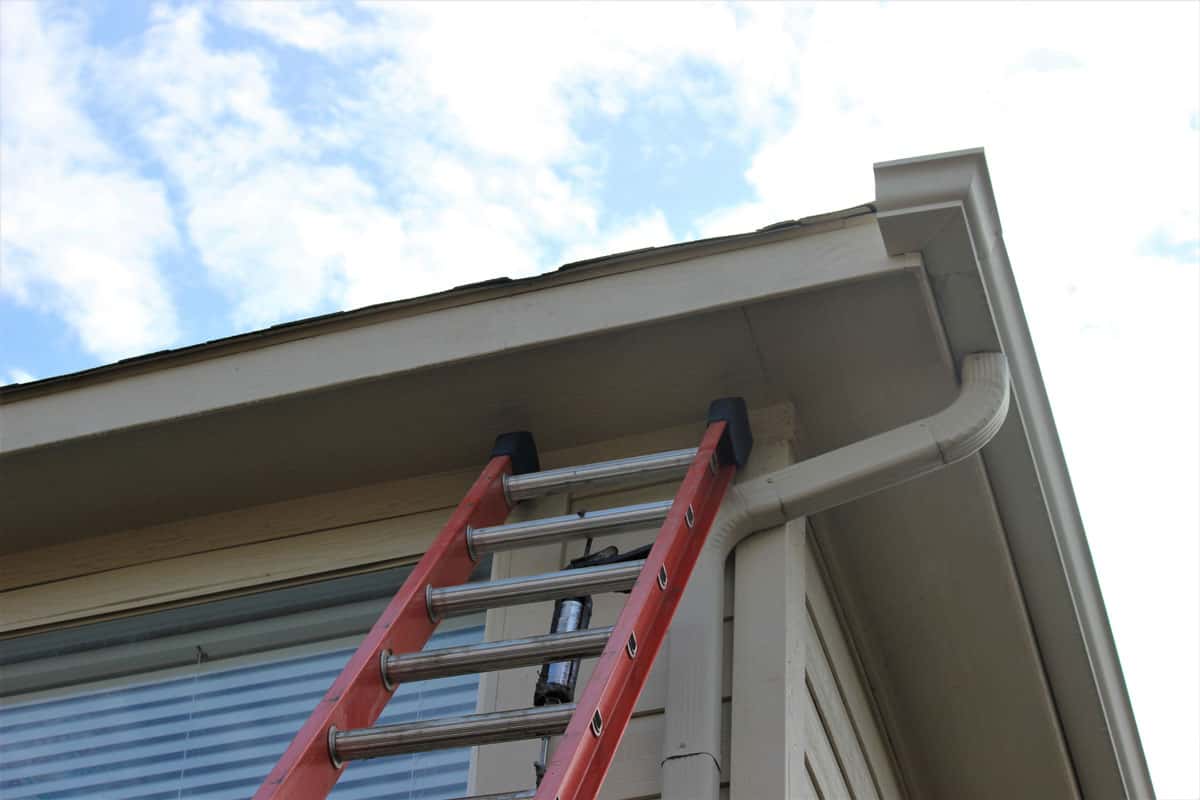
Use the metal hook of a measuring tape to level it with the fascia board. Dip a nylon string in chalk powder, then stretch it with the measuring tape to the other end of the board. You should slant the tape downwards by at least 0.25 inches and mark on that spot. Take note of the measurement.
When you're done measuring, pull the nylon string and tap it against the fascia board. It should leave a straight mark of chalk along with the board. This will be your guide for installing the gutter.
The purpose of the downward slant is to let rainwater slide down the gutter. If there is no slant, the gutter will hold the rainwater until it breaks.
3. Copy the Measurement

Copy the measurement of the fascia board into the vinyl gutter. Mark both the ends for cutting.
It's best to copy the measurements first before actually buying gutters. This will help you to cut costs and prevent having an undersized gutter. Keep in mind that it's easier to cut the excess parts of the gutter than to add length to it.
4. Cut the Gutter
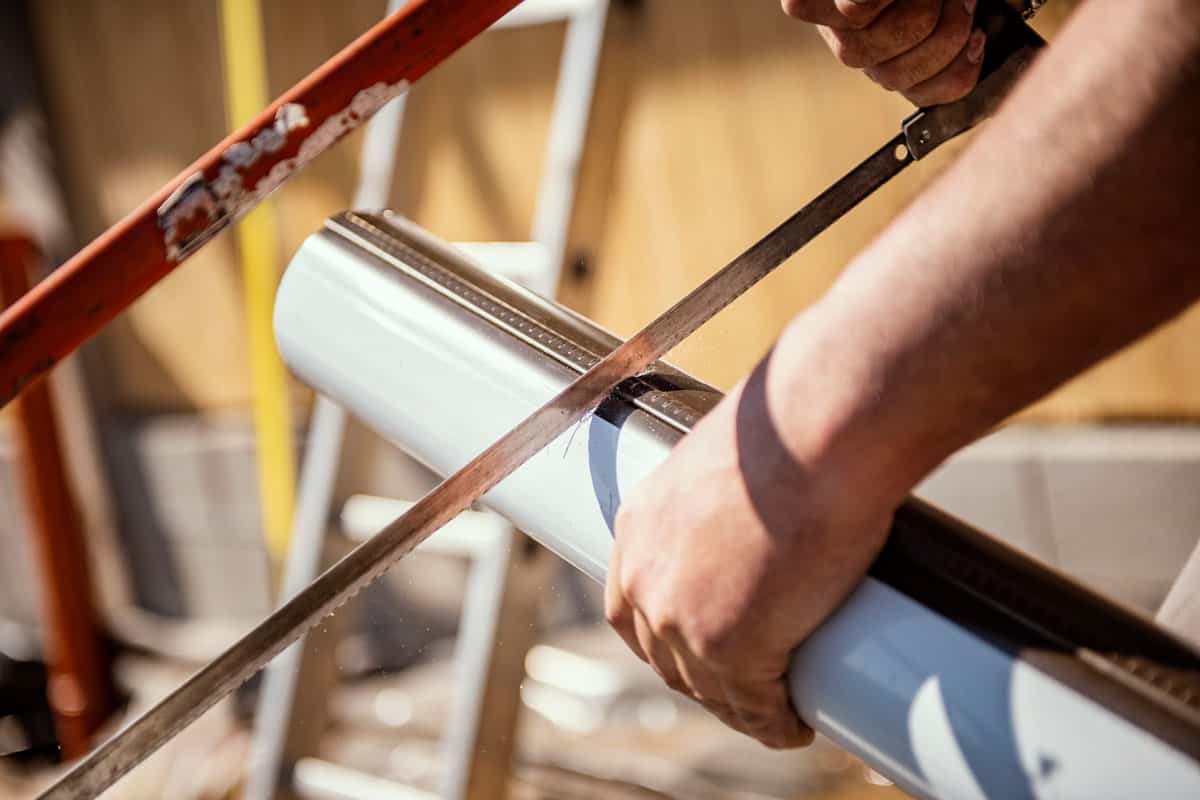
There are various tools you can use for cutting the vinyl gutter. These tool vary in the way they cut, but they should follow the cutting lines for accurate measurement. See below for some tools you can use.
Metal Cutter
Using a metal cutter, snip the lines slowly. This can be the most accurate tool for cutting, as you have control over the force and direction. However, the metal cutter should be sharp to avoid crinkles on the cutting edges.
See this metal cutter on Amazon.
Hacksaw
Another alternative cutter is the hacksaw. You just need to grind its teeth back and forth until you reach the other end of the gutter. Compared to a metal cutter, a hacksaw can make flatter cuts.
Electric Grinder
This is the fastest cutting tool among the choices. Its only downside is its expense of use. Since you need an electric source to use it, you can plug it into an extension cord. You can start grinding the gutter until the line is cut.
See this electric grinder on Amazon.
5. Proceed to Installation
You have an option to do the installation on the same day you measure and cut the vinyl gutters. Just be certain that it's not raining. It's best if you can ask someone to assist you, especially for holding up the ladder and bringing the tools to you.
How to Install Vinyl Gutters
After you cut the gutter, you can now prepare the tools needed for installation.
The Tools
See below for the complete list of tools.
Vinyl Gutters
Prepare the vinyl gutters you've cut.
Gutter Brackets
These are a type of lock to keep the gutter stable.
See this gutter bracket on Amazon.
Ladder
Climb up the fascia board with a ladder.
Measuring Tape
Use a measuring tape for an accurate measurement.
Marker
Use a marker to draw some spots for nailing.
See this marker set on Amazon.
Driller
You need a driller to pierce holes for the brackets.
Screwdriver
You need to use a screwdriver to lock screws into the brackets.
Downspout Connector
This is a type of portable pipe that you can connect with the gutter. It serves as the gutter's drainage.
Drainpipe
Aside from the downspout connector, you need a drainpipe to direct the water to the main drainage.
Caulk Sealant
Apply a sealant to secure the edges of the drainpipe.
See this caulk sealant on Amazon.
The Steps
Once you have the necessary tools on hand, proceed to these steps:
- Measure and mark every 16 inches along with the fascia board. Drill holes in these spots for the brackets.
- Press the vinyl gutter against the fascia board. Follow the markings you made with the nylon string.
- Attach the downspout connector that will serve as the drain. Position it near the corner on the slanted end of the board.
- Lock the gutter with a bracket on both ends, then lock the remaining holes along the gutter. Apply sealant around every lock.
- Attach the drainpipe to the downspout going to the main drainage.
Why Cut the Vinyl Gutters?
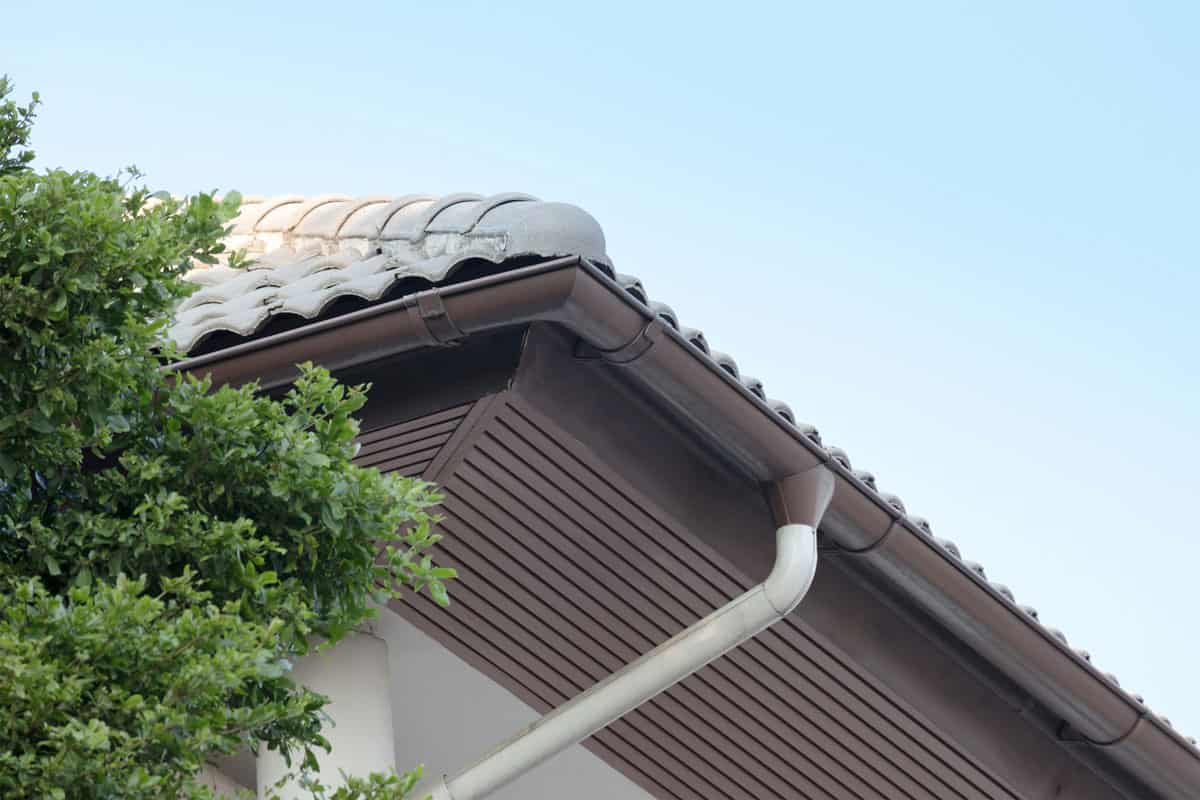
It's important to know why you need to cut vinyl gutters. Generally, you should cut them to fit into the fascia board and connect them with the pipes.
Another reason for cutting is to remove parts of the gutter that might have been damaged by a tree or ice. This is to prevent the debris from harming people.
How to Replace Vinyl Gutters
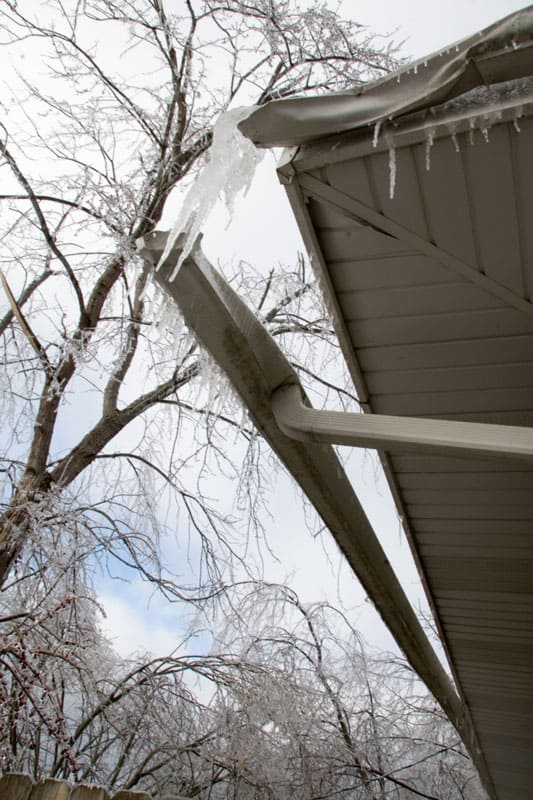
It's important to cut the broken gutter, as it may cause injury. You can simply cut out the faulty gutter and replace it with a new one. Follow the steps below:
- Climb up with a ladder to remove any debris.
- Use a hacksaw to cut the broken gutter.
- Detach the gutter from the fascia board. You may need to unscrew the brackets if you used them.
- Overlap the new gutter. It's better if it measures at least an inch longer on both sides.
- Use a pop rivet to connect the gutters.
A pop rivet is a convenient tool for pinching the two surfaces together. You can use it for the vinyl gutters.
How to Cut the Gutter for Corners
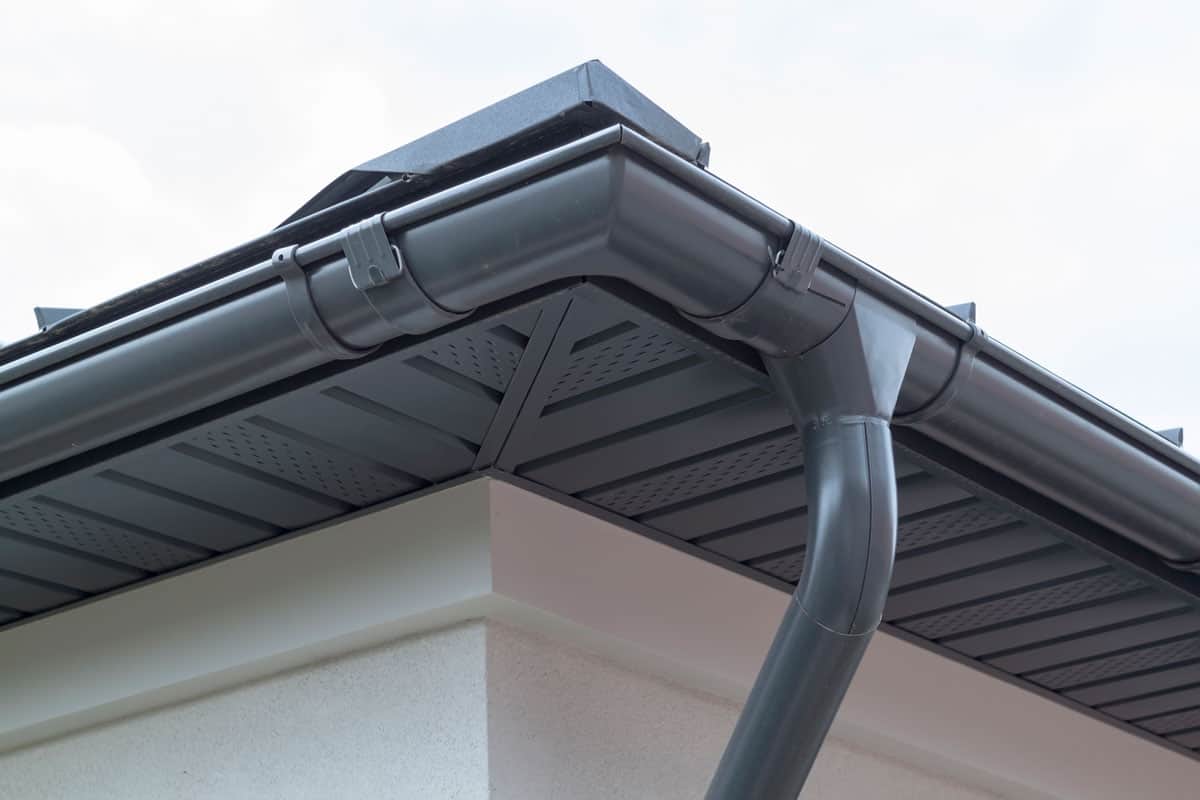
The corners of a house usually form a 90-degree angle. You can simply use a mixer grinder to measure and cut the angle of the corners.
See below for the detailed steps:
- Since the corners are at 90-degree angles, compute half of that for the angle of the gutter. So you should cut the first gutter at a 45-degree angle.
- Cut the other gutter at a 45-degree angle, but in the opposite direction.
- Connect the gutters and apply a sealant to secure the gap.
Watch the short video below to learn how you should cut the gutter for inward and outward corners.
How Wide Should Vinyl Gutters Be?
Most homeowners use gutters that are at least 5-6 inches wide. The rainwater has enough space within these gutters and does not usually overflow unless the rain is severe.
Vinyl vs. Aluminum Gutters
It's great to have an idea of how vinyl and aluminum gutters differ from each other. We've researched some of the significant differences between the two. See the list below:
- Vinyl gutters don't get dented, while aluminum gutters are prone to misshaping.
- During rain, vinyl gutters are quieter than aluminum gutters.
- Most aluminum gutters are seamless and come in a single piece. Vinyl gutters are often seamed, which makes them time-consuming to install.
- Vinyl gutters do not rust and can withstand corrosion, unlike aluminum gutters that corrode over time.
- In terms of durability, vinyl gutters stand out due to their thickness, while most aluminum gutters are thin,
- Aluminum gutters are easier to cut than vinyl gutters.
Conclusion
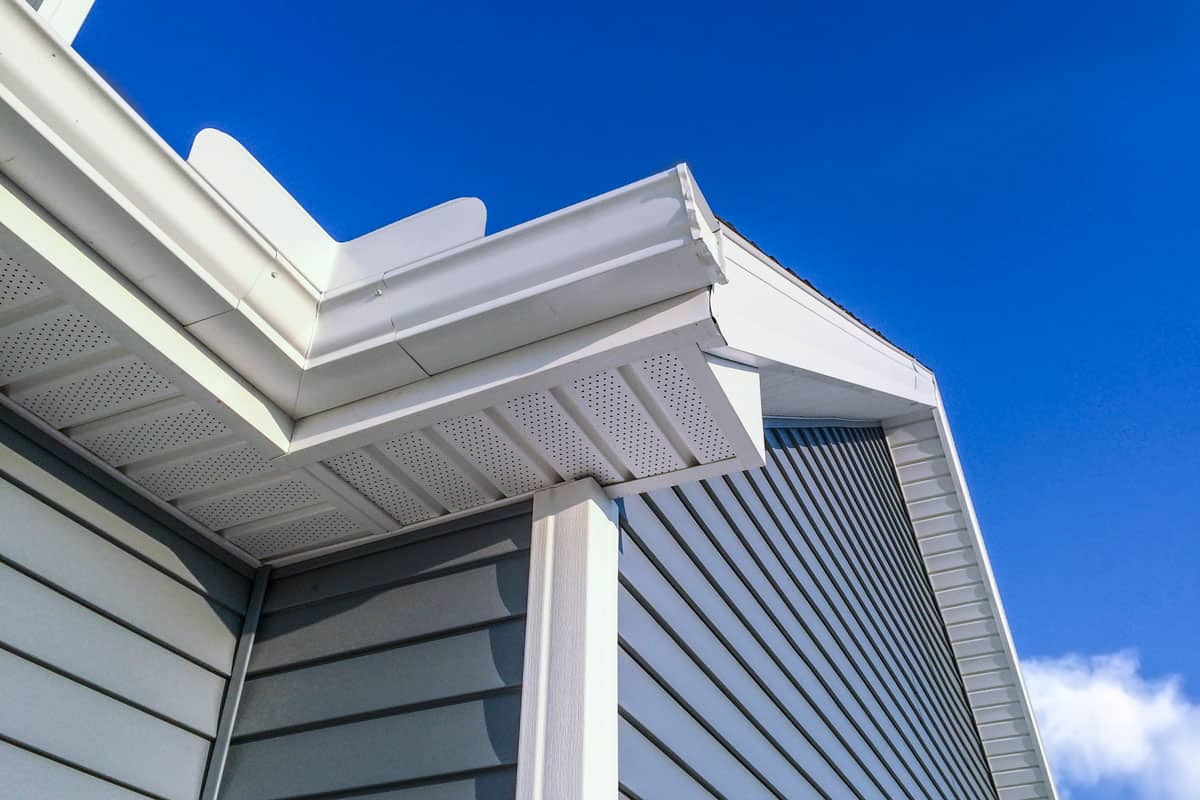
In this article, we learned about cutting vinyl gutters and the tools you can use for cutting. We also learned the importance of measuring before cutting.
We learned that the next step after cutting is installation. You should also cut gutter that has been damaged.
We've provided steps on how to cut the gutter for corners. Lastly, we compared vinyl and aluminum gutters.
Did you find this article useful? Then check out these posts:
Can You Repair A Bent Gutter? [Here’s How To Do That In 7 Steps]





